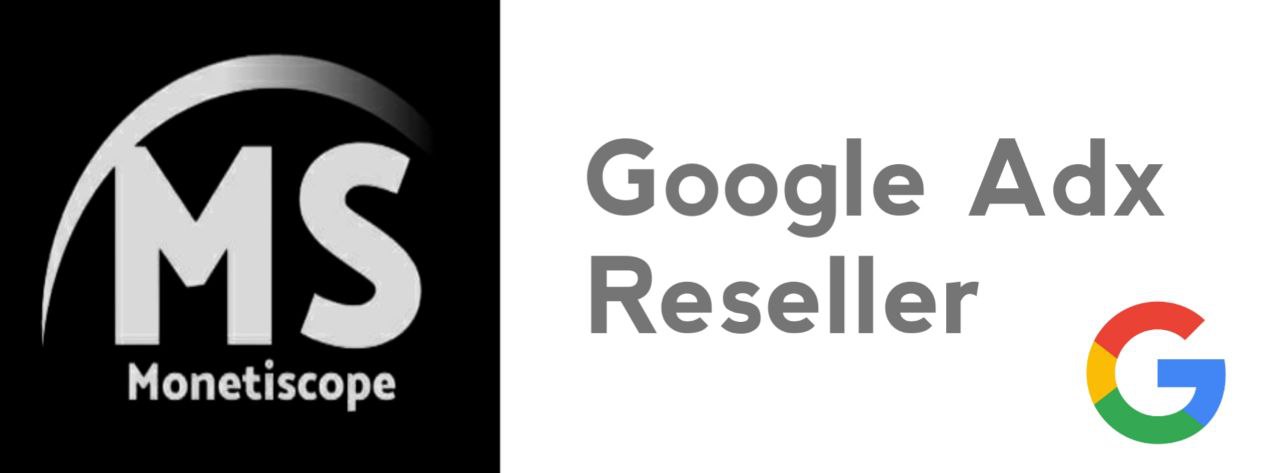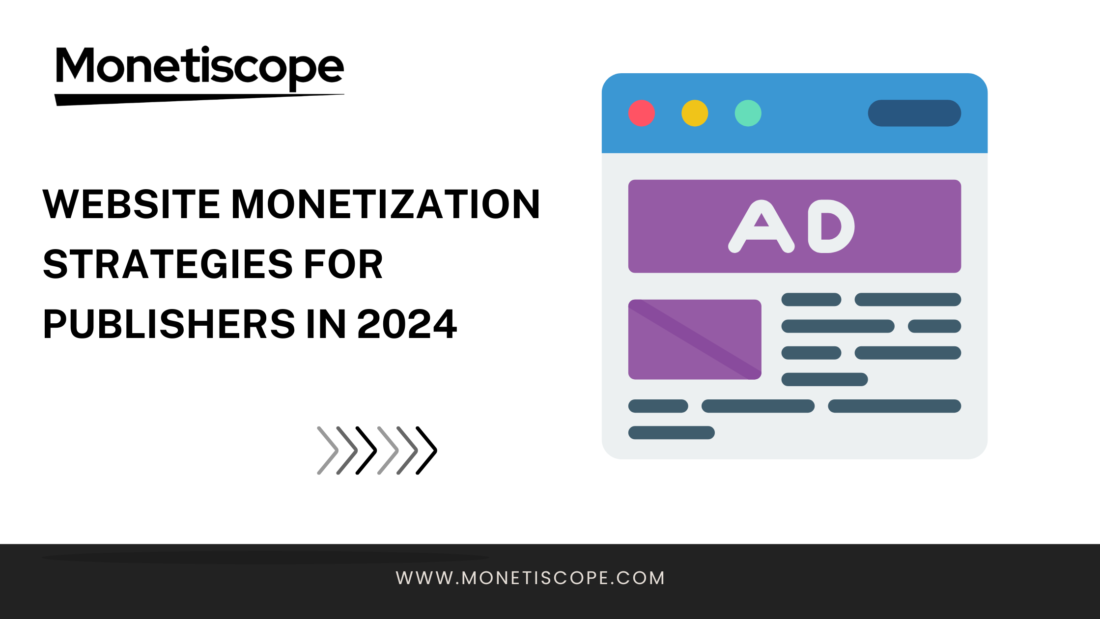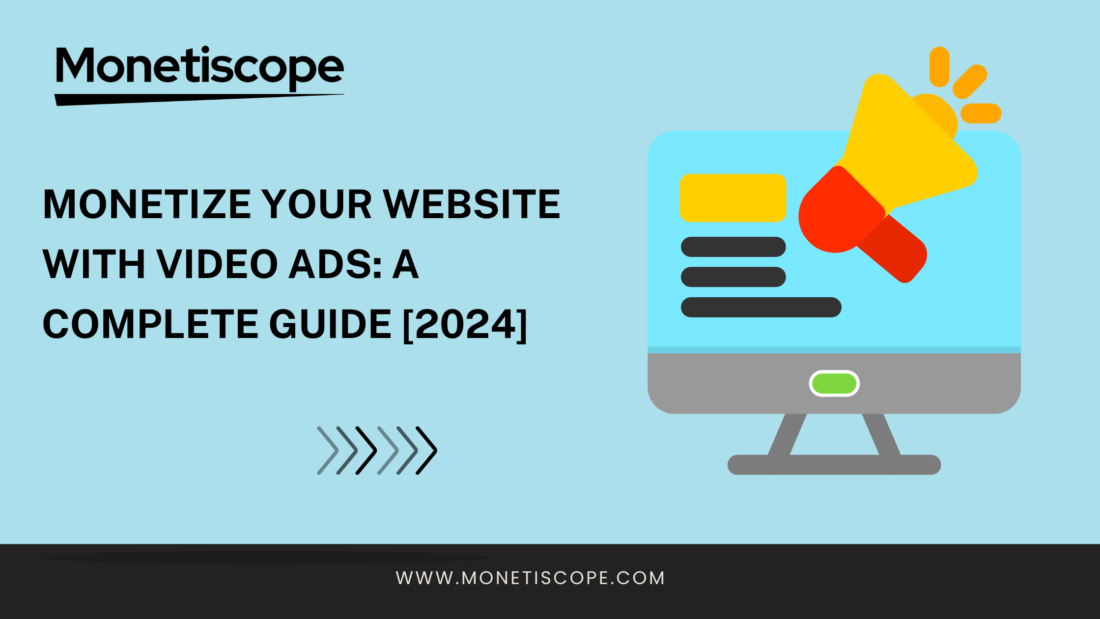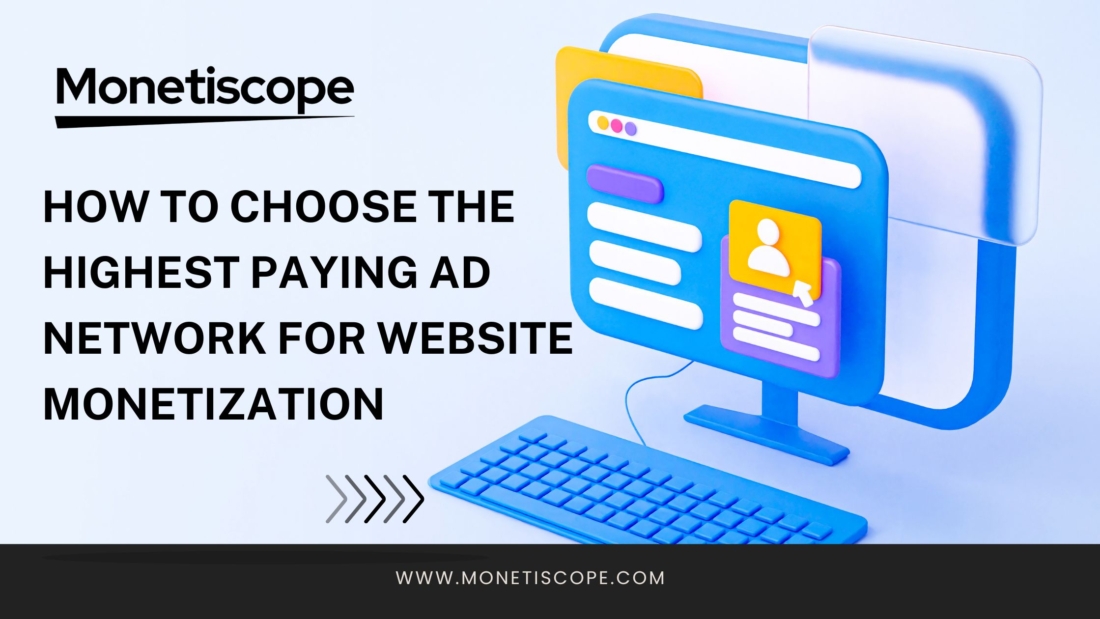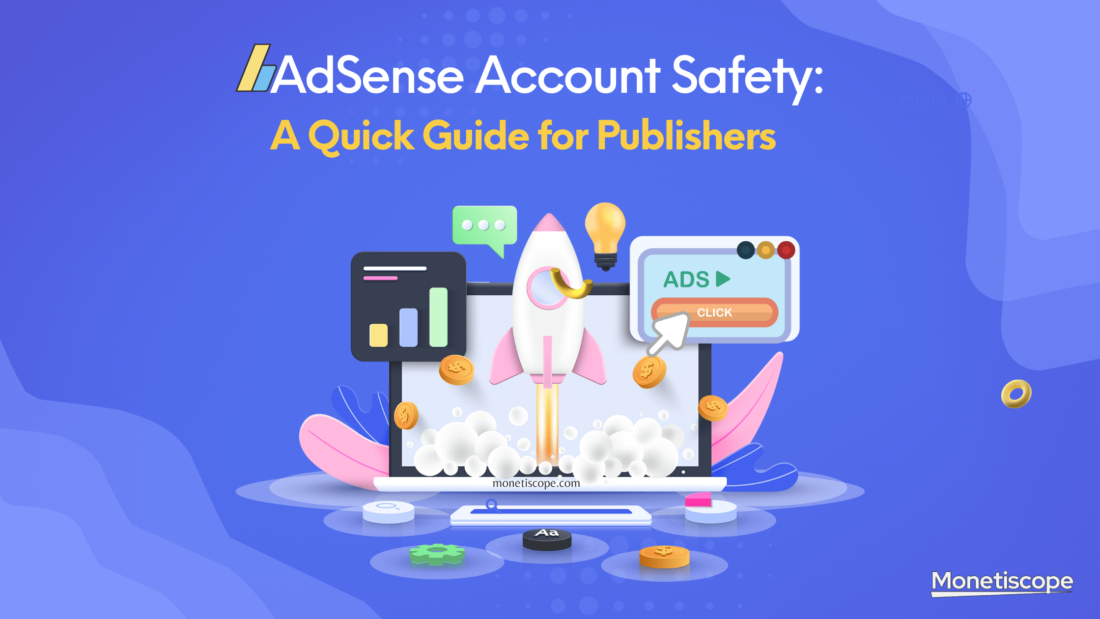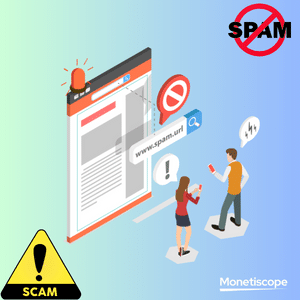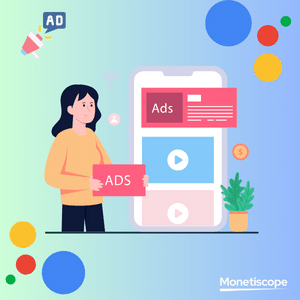In the fast-paced digital age, the art of website monetization has evolved into a critical strategy for publishers looking to harness the potential of their online presence. As we enter 2024, the landscape of digital marketing and online content consumption presents new challenges and opportunities for monetizing websites.
This article delves into the latest strategies for website monetization, focusing on how publishers can maximise their revenue through innovative approaches, including integrating video ads and leveraging the right monetisation platform and How Monetiscope can assist you.
Understanding Website Monetization
Website monetization is earning revenue from a website or online platform. This can be achieved through various means, such as advertising, affiliate marketing, and selling digital products or services. The choice of monetisation strategy depends on several factors, including the type of content, audience demographic, and publisher’s overall goals.
The Role of Website Monetization Platforms
A website monetization platform acts as a mediator between publishers and advertisers, providing tools and services to manage and maximise earnings from online content effectively. These platforms offer a range of monetisation options tailored to publishers’ needs, enabling them to monetise their website traffic efficiently.
Critical Strategies for Monetizing Your Website in 2024
Diversify Your Revenue Streams
In 2024, the mantra for success in website monetization is diversification. Publishers should not rely on a single revenue source but explore multiple streams such as display ads, sponsored content, subscriptions, and affiliate marketing. This approach not only maximises revenue potential but also mitigates risks associated with changes in market trends.
Monetise Website with Video Ads
Video content has surged in popularity, making video ads an increasingly lucrative option for website monetization. Publishers can monetise their websites with video ads by integrating them into their content or through direct deals with advertisers. Video ads offer higher engagement rates and can significantly boost revenue when strategically placed within content.
Leverage Data and Analytics
Data analytics plays a pivotal role in optimising monetization strategies. By analysing user behaviour, traffic patterns, and engagement metrics, publishers can tailor their content and advertising strategies to meet the needs of their audience better, thereby increasing the effectiveness of their monetization efforts.
Prioritise User Experience
While monetizing your website, it’s crucial to maintain a balance between revenue generation and user experience. Intrusive ads or too many ads can deter visitors, leading to a drop in traffic and engagement. Publishers should focus on integrating ads seamlessly and ensuring that content remains the focal point of the visitor’s experience.
Sponsored Content
Sponsored content offers a unique way for publishers to collaborate with brands, creating content that resonates with their audience while subtly promoting the advertiser’s advertiser’s message. This strategy provides readers with valuable information and blends seamlessly into the site, maintaining the user experience. Transparency and relevance to the audience are crucial to success in sponsored content.
Native Advertising
Native advertising involves ads that match the look, feel, and function of the media format in which they appear. Unlike traditional ads, native ads don’t disrupt the user experience, making them highly effective. By integrating these ads into the platform’s content flow, publishers can improve engagement rates and drive higher revenue.
Programmatic Advertising
Programmatic advertising uses AI to automate ad buying, targeting the most relevant audience at the optimal time. This efficiency not only maximise ad revenue but also reduces publishers’ workload, making it an essential strategy in the modern ad ecosystem. Embracing programmatic advertising means staying ahead in the dynamic digital advertising space.
Paid Membership
Introducing a paid membership model can provide a steady income stream while fostering a sense of community among your audience. Memberships often offer exclusive content, special offers, or ad-free browsing, adding value to the user experience. This strategy works best with highly engaging content and a loyal audience.
Display Advertising
Display advertising remains a cornerstone of online monetization. By strategically placing visual ads (such as banners) across your site, you can capture your audience’s attention and generate significant revenue. Effectiveness hinges on optimising ad placement and ensuring ads are relevant to your audience’s interests.
Affiliate Advertising
Affiliate advertising allows publishers to earn a commission by promoting other companies ‘ products or services. By linking to affiliate products that align with your audience’s interests, you can monetize your content effectively without disrupting the user experience. Transparency and trust are crucial in building a successful affiliate marketing strategy.
PPC (Pay-Per-Click)
PPC advertising is a model where publishers are paid each time a user clicks on an ad placed on their site. This highly measurable strategy can be optimised for better performance, making it a valuable tool for publishers looking to monetise their website traffic efficiently.
Search Monetization
Search monetization involves integrating a search engine that pays you for user searches on your site. This enhances the user experience by providing valuable search functionality and generates revenue from sponsored results or ads displayed within search outcomes.
Paid Subscriptions
Paid subscriptions offer users premium content or services for a recurring fee. This model assures a consistent revenue stream and builds a dedicated subscriber base. Successfully paid subscriptions rely on offering exceptional value that goes beyond what’s available for free.
E-Commerce
Integrating e-commerce into your website can open up new revenue streams. Whether selling branded merchandise or digital products related to your content, e-commerce combines seamlessly with various content types, offering direct sales opportunities to your audience.
Email marketing remains an effective tool for website monetization. By building an email list, publishers can promote affiliate products, sponsored content, or exclusive offers directly to their audience’s inbox, driving revenue while maintaining engagement.
The Future of Website Monetisation
As technology advances, so do the methods and strategies for website monetization. Publishers must stay abreast of the latest trends and technologies, such as AI-driven ad targeting and programmatic advertising, to stay competitive in the dynamic digital landscape.
Conclusion
Website monetization in 2024 requires a strategic and diversified approach, leveraging the latest technologies and platforms to maximise revenue while maintaining an excellent user experience. By adopting the strategies discussed, publishers can enhance their monetisation efforts and ensure the sustainability of their online platforms.
How can Monetiscope help you with website monetisation services?
Monetiscope offers comprehensive website monetization services tailored to publishers’ needs in 2024. With our advanced platform, publishers can monetise their websites with video ads and a range of other revenue-generating strategies. Our platform is designed to optimise earnings while preserving the quality of the user experience.
With Monetiscope, publishers can access data-driven insights, expert guidance, and the latest ad technology to maximise their revenue potential efficiently and effectively. Whether new to website monetization or looking to enhance your current strategies, Monetiscope supports your journey towards successful online monetisation.
FAQs
Q: What is the best way to start monetizing a website?
A: Assess your website’s content and audience to select the most suitable monetization strategy. Implementing display ads through a reputable monetization platform can be a good starting point.
Q: Are video ads more effective than traditional display ads?
A: Video ads tend to have higher engagement rates and can be more effective, especially if they are well-targeted and relevant to the audience.
Q: How can I ensure ads do not negatively affect the user experience on my website?
A: Focus on ad placement and relevance. Ensure ads are not intrusive and are placed in a manner that does not interrupt the user’s engagement with your content.

